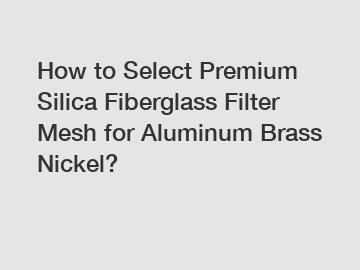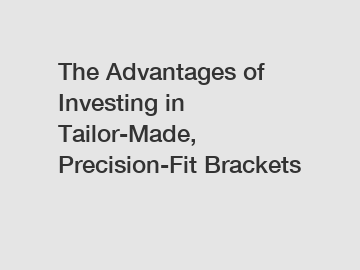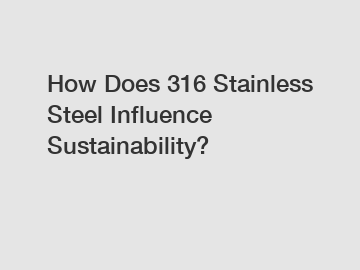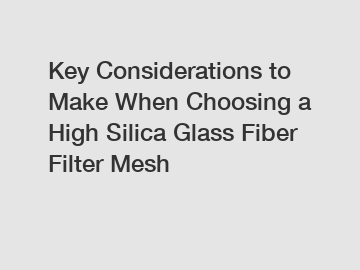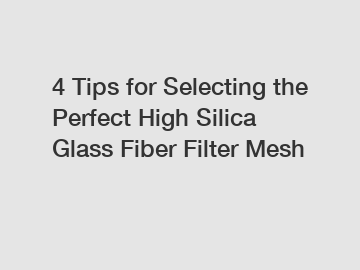What are the different types of fiberglass grating?
Fiberglass grating, also known as FRP (Fiber Reinforced Plastic) grating, comes in a variety of types and configurations, each tailored to specific applications and performance requirements. From industrial flooring to marine infrastructure, fiberglass grating offers versatility, durability, and corrosion resistance.
1. Molded Fiberglass Grating:
Molded fiberglass grating is manufactured using a process called pultrusion, where fiberglass strands and resin are combined and molded into grating panels of various sizes and thicknesses. Molded grating is known for its high strength-to-weight ratio, corrosion resistance, and durability. It is available in a range of surface textures, mesh sizes, and resin formulations to suit different applications, including industrial flooring, walkways, ramps, and platforms.
2. Pultruded Fiberglass Grating:
Pultruded fiberglass grating is produced by pulling fiberglass strands through a resin bath and then through a heated die to form grating profiles with continuous fiberglass reinforcements. Pultruded grating offers superior strength and stiffness compared to molded grating and is often used in applications requiring high load-bearing capacity, such as bridges, support structures, and heavy-duty platforms. It is available in various shapes, including I-bars, T-bars, and solid bars, to accommodate different design requirements.
3. Phenolic Fiberglass Grating:
Phenolic fiberglass grating is a specialized type of fiberglass grating reinforced with phenolic resin, offering enhanced fire resistance and low smoke emission properties. It is commonly used in applications where fire safety is a concern, such as offshore platforms, oil and gas facilities, and chemical processing plants. Phenolic grating provides excellent corrosion resistance and can withstand exposure to harsh chemicals, making it suitable for corrosive environments.
Additional resources:How Do You Tension a Wire Mesh Fence?
What is the number one rule when using airless spray guns?
Chainmesh Fencing vs. Concertina Wire: A Comprehensive Comparison
Why Should Every Warehouse Have Foldable Mesh Containers?
Why Choose Galvanized Binding Wire for Your Projects?
How Much Weight Can a Heavy Duty Zip Tie Hold?
Ultimate Guide to Fiber Glass Dust Filter Bags: Benefits & FAQs
4. Mini-Mesh Fiberglass Grating:
Mini-mesh fiberglass grating features smaller openings between the bearing bars, providing increased slip resistance and safety for pedestrian traffic. It is often used in applications where preventing slips and falls is critical, such as pedestrian walkways, stair treads, and platforms in wet or slippery environments. Mini-mesh grating is available in both molded and pultruded configurations and offers high strength and durability despite its smaller mesh size.
5. Concave Surface Fiberglass Grating:
Concave surface fiberglass grating features a contoured top surface with raised patterns or ridges, providing enhanced slip resistance and drainage capabilities. It is commonly used in applications where liquids, debris, or contaminants need to be quickly drained away, such as wastewater treatment plants, food processing facilities, and marine environments. Concave surface grating helps reduce the risk of slips and falls while maintaining a clean and dry surface.
Conclusion:
Fiberglass grating comes in various types and configurations, each offering unique properties and advantages for different applications. Whether it's molded grating for general-purpose flooring, pultruded grating for heavy-duty load-bearing structures, or phenolic grating for fire-sensitive environments, there is a fiberglass grating type to meet virtually any need. With its durability, corrosion resistance, and versatility, fiberglass grating continues to be a preferred choice for industries requiring reliable and long-lasting flooring and structural solutions.
Maximize Efficiency with Loop End Wire Ties
How to Use Loop End Wire Ties Effectively?
Ultimate Guide to Tank Entanglement Nets: Safety & Solutions
4 Tips to Select the Perfect Aquarium Filter
How Does High Silica Fiberglass Filter Mesh for Water Treatment Work?
7 Benefits of Using Aluminum Screens for Commercial Properties
What Are the Benefits of Wholesale Custom Gabion Solutions?





